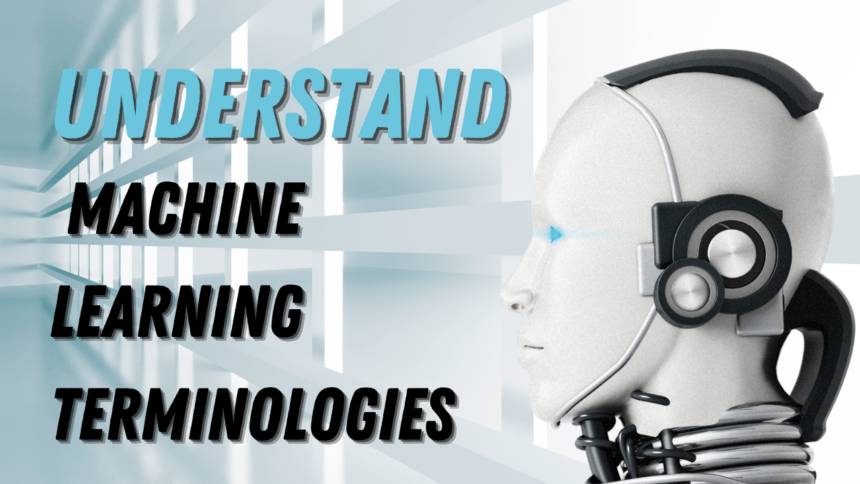When I first dipped my toe into machine learning, the terms alone nearly scared me off.
Words like supervised learning, overfitting, and gradient descent sounded more like something from a sci-fi script than anything I thought I could understand. But as with most things, once you break them down, they’re way less scary.
So if you’ve been nodding along in meetings or pretending to understand tweets from AI experts don’t worry. Let’s talk through the core concepts in plain English.
Supervised vs. Unsupervised Learning
These two come up all the time.
Imagine you’re teaching a kid how to sort laundry. If you show them a pile of clothes, already labeled shirts in one basket, pants in another and they learn from that, that’s supervised learning. The labels are already there.
Now imagine you dump a bunch of clothes on the floor and tell the kid to figure it out without labels. They might start grouping things based on size or color. That’s unsupervised learning the system is finding patterns on its own, without being told what’s what.
One involves guidance. The other’s more of a free-for-all.
Overfitting and Underfitting
Think of overfitting like a student who memorizes every single practice question but freaks out on the actual test because it’s slightly different. The model knows the training data too well, and that’s a problem.
Underfitting is the opposite like someone who barely studied and can’t answer anything. The model hasn’t learned enough.
The goal is to find a sweet spot in the middle just enough learning to spot patterns, but flexible enough to handle new stuff.
Model, Algorithm, and Training What’s the Difference?
Here’s how I keep it straight:
- Algorithm: This is the recipe. Think instructions.
- Model: This is the cake that comes out at the end trained and ready to go.
- Training: That’s the baking process feeding the algorithm with data and adjusting it until it works well.
When someone says they’re training a model, they mean they’re running data through an algorithm over and over until the model starts making good predictions.
Neural Networks and Deep Learning Do You Need to Know the Math?
Not at first.
Neural networks are designed to mimic how our brains process information layers of “neurons” passing messages to each other. Deep learning just means there are lots of these layers.
For now, think of it like a black box that takes inputs (like photos or text), learns patterns, and gives you a useful output (like classifying a dog breed or translating a sentence). You can get into the math later but it’s okay to start by just understanding the idea.
Confusion Matrix Sounds Complicated, Isn’t Really
Despite the name, this is one of the more helpful tools out there.
Imagine a chart that tells you how often your model guessed right and where it messed up. It shows how many actual “cats” were labeled “dogs” and vice versa.
It’s like a report card for your model not just how many it got right, but what kind of mistakes it’s making.
Bias and Variance Yes, They Matter
Bias is like bad habits baked into your model. Say you trained a facial recognition model mostly on photos of one ethnicity it might struggle with others. That’s bias, and it’s a serious issue.
Variance is about being too sensitive to small changes. Like when a model flips its guess if a pixel is slightly off not great.
Balancing these two is one of the biggest challenges in the field. And yes, people are still figuring it out.
Quick Tip Before You Head Off
Don’t try to memorize everything. The best way to learn is to mess around with projects. Build a spam filter. Try a simple image classifier. Use free tools like Google Colab to experiment without installing anything.
And whenever you hit a weird term? Look it up in the context of something real. That makes it stick way better than flashcards ever could.


